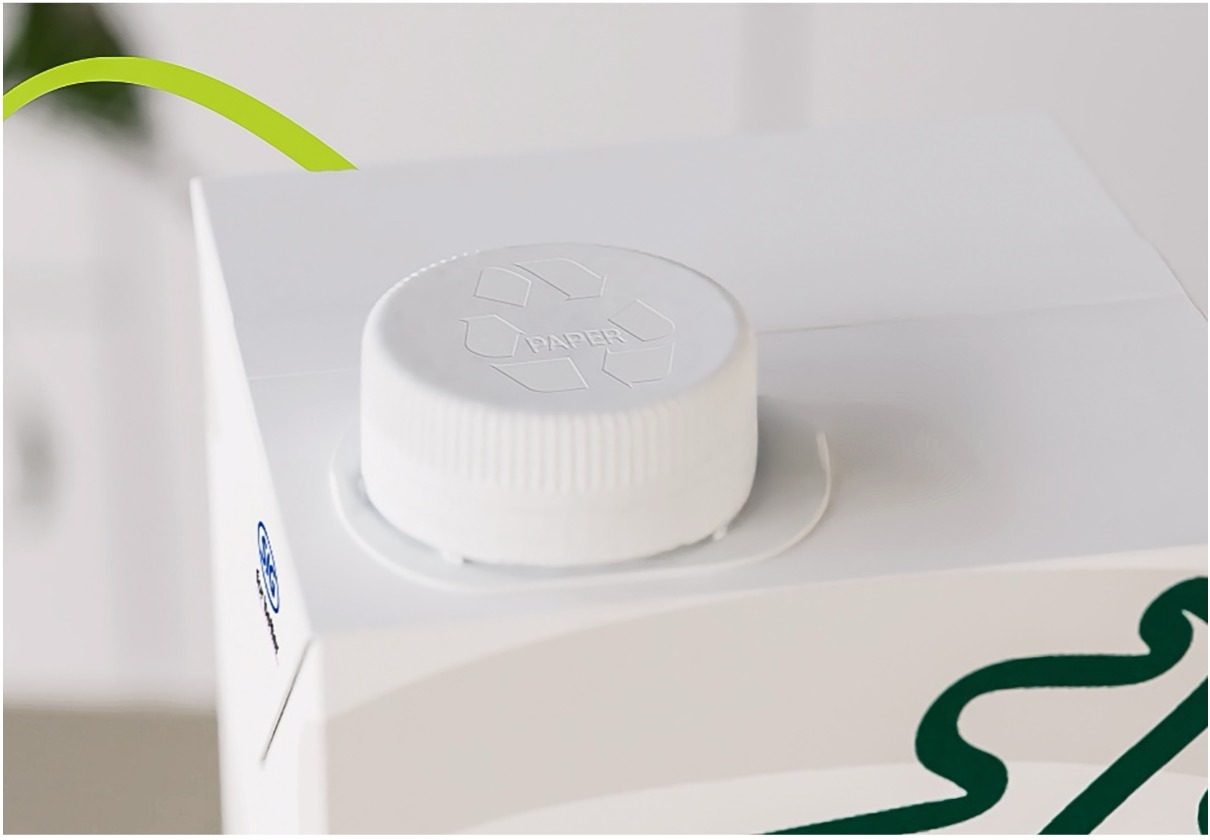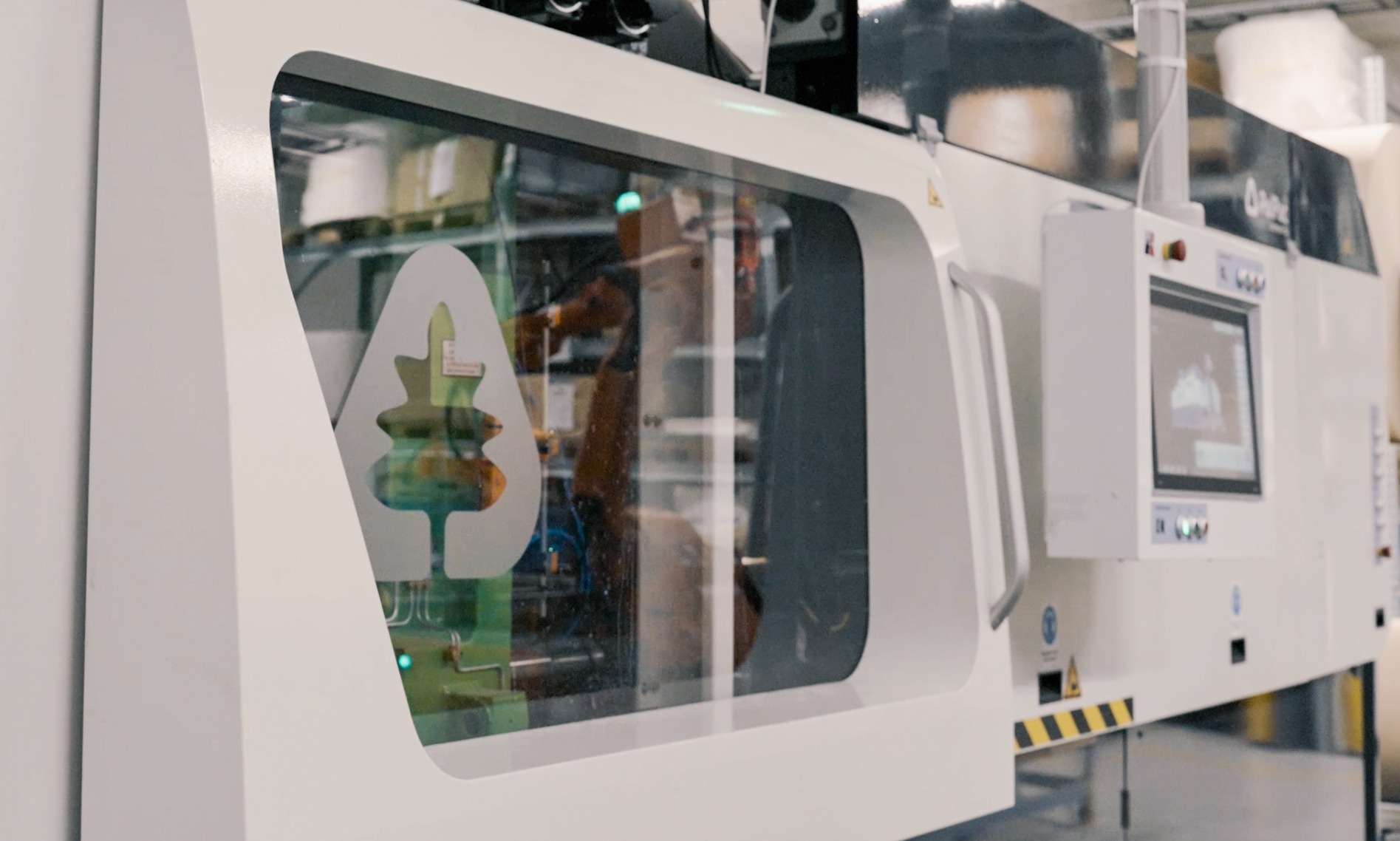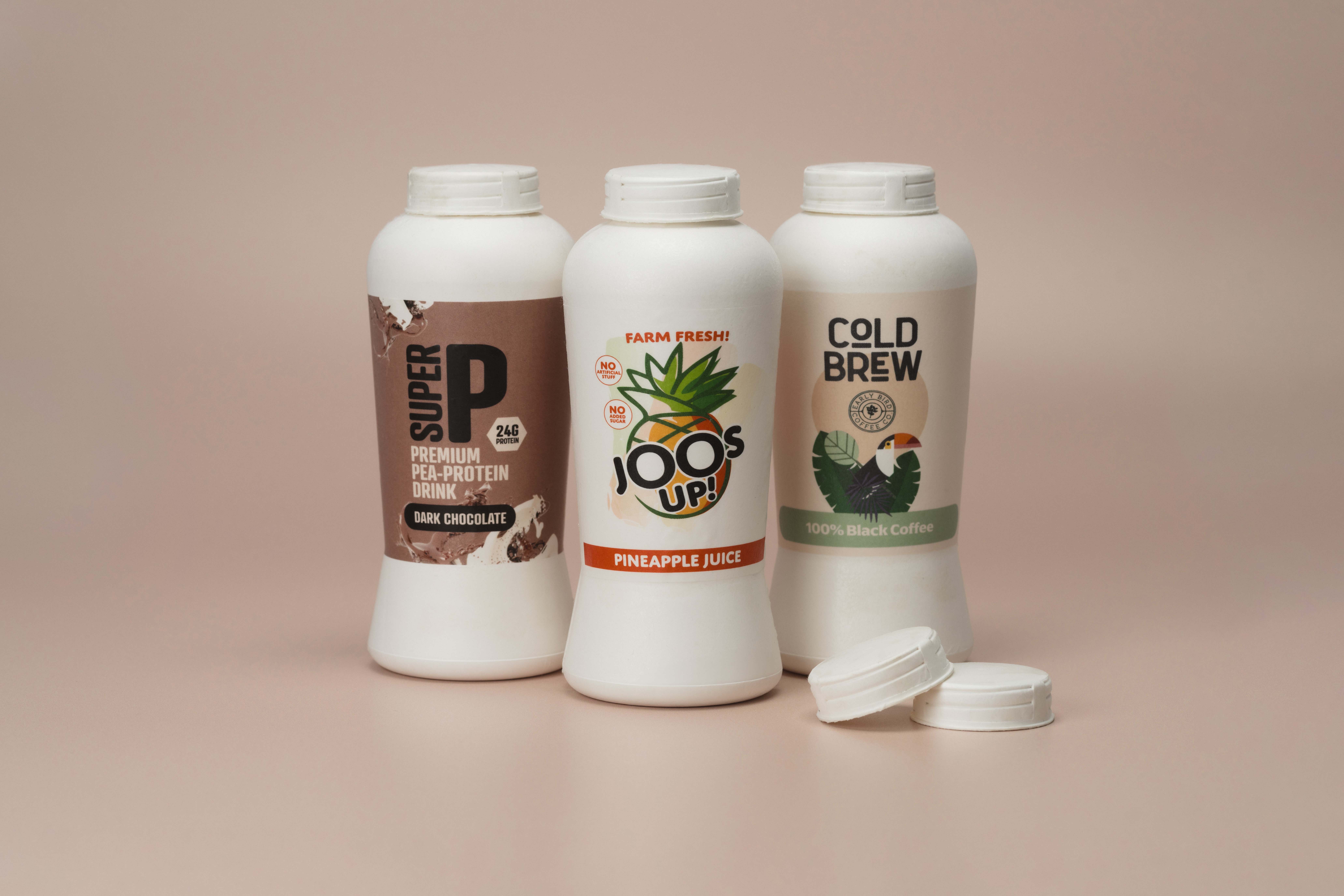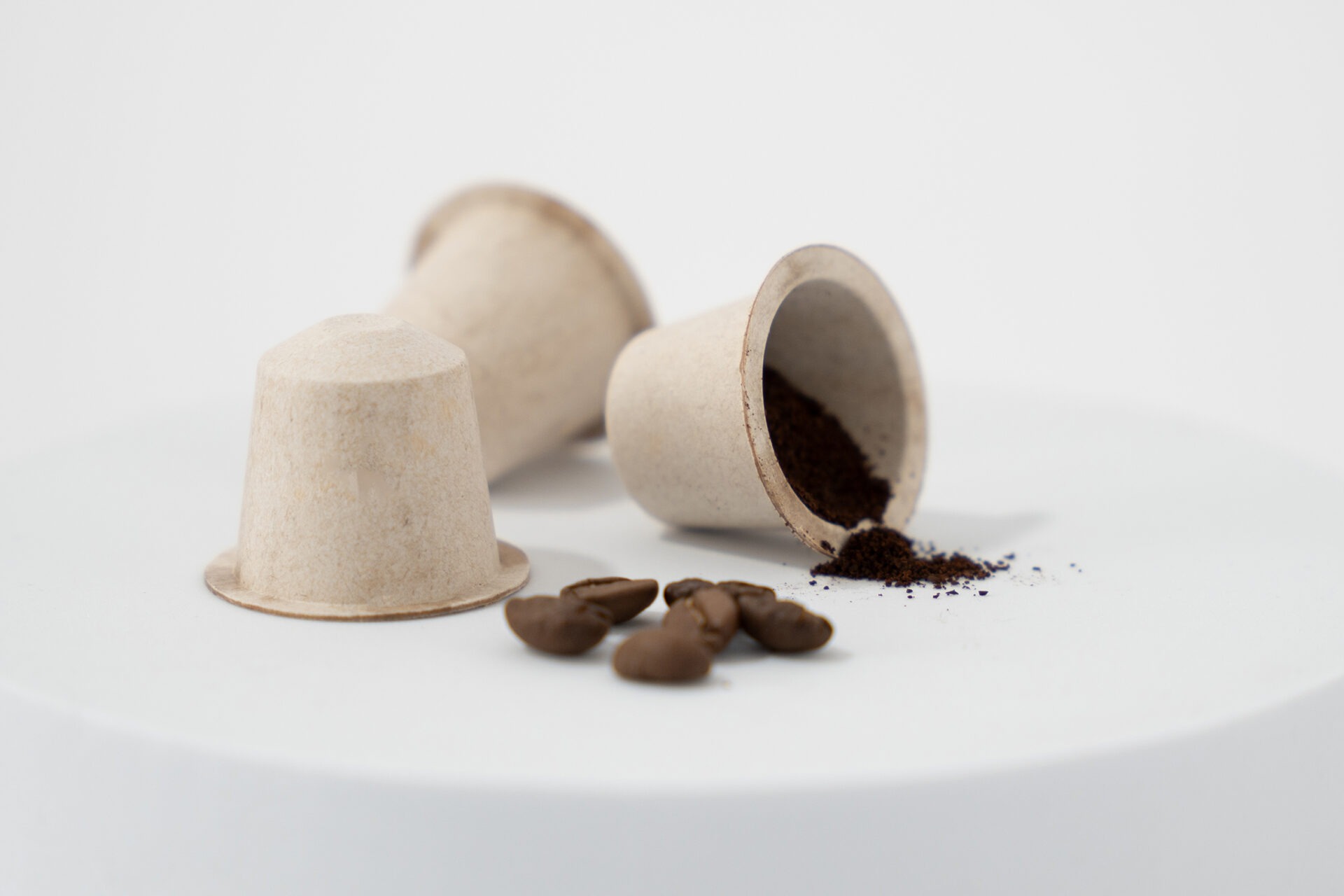
SIG and PulPac partner to scale paper-based closures
SIG and PulPac enter strategic partnership to unlock the potential of Dry Molded Fiber for large-scale production of paper-based closures
SIG and PulPac enter strategic partnership to unlock the potential of Dry Molded Fiber for large-scale production of paper-based closures
- Strategic partnership to accelerate the development and large-scale production of paper-based closures – including base and cap – targeting the same properties and performance of traditional plastic closures
- Next big move on the way to 90% paper content in SIG aseptic cartons
- “Plug-and-play” solution on installed base of filling machines and closure applicators possible thanks to SIG’s post-application technology for closures
- Ambition to replace a significant amount of plastic closures annually once fully developed
SIG entered an strategic partnership with PulPac, the global leader in Dry Molded Fiber technology. Together, the two companies will establish an exclusive development program for the creation and large-scale production of the next generation of paper-based closures for SIG’s aseptic cartons, moving one step closer to SIG’s target to raise the paper content in its aseptic cartons to 90% including closure by 2030.
In its mission to create a fully regenerative food packaging system, SIG is steadily increasing the paper content of its aseptic cartons, to enhance renewability, and further reduce carbon footprints and the use of fossil-based materials. This year, SIG aims to reach an interim target of 85% paper content (excluding closures) and, by 2030, to incorporate paper-based closures to move beyond 90% paper content overall.
Unlocking the potential of Dry Molded Fiber
PulPac’s Dry Molded Fiber technology is based on forming a dry web of fibers to build cutting-edge responsible solutions instead of creating materials from a fiber slurry. This is resulting in minimized water usage in the molding process alongside several additional benefits like lower CO2 emissions compared to plastic solutions. The technology also offers unparalleled design flexibility and is engineered for high-volume production.
Gavin Steiner, Chief Technology Officer at SIG: “We believe in Dry Molded Fiber technology, paving the way for innovative and responsible alternatives to plastic closures. It is one of the most scalable fiber-based solutions on the market with great potential to boost progress in the transition from plastic to paper-based closures. In our paper-based closure, both the base and the cap will be paper-based – significantly increasing the already very high proportion of paper in our aseptic cartons. At the same time, we aim to offer consumers the same convenience and first-class opening performance they associate with our existing closure solutions.”
Seamless integration with existing systems
For aseptic carton packs, SIG uses post-application of its closures, only after the products have been filled into the packaging and the cartons have been securely sealed in the aseptic zone of the SIG filling machine. The precise post-application of the closures using closure applicators developed and built by SIG does not interfere with the aseptic process and ensures that the products remain safely protected. This post-application process lays the foundation for a plug-and-play solution of paper-based closures, which in future will be applied to the closed packaging in the same way as plastic closures without changing the production process.
Christoph Wegener, Chief Markets Officer at SIG: “For packaging innovations focused on sustainability to have a significant impact, they must be compatible with the installed machinery setup. That is why “plug-and-play” solutions are an absolute design principle for us at SIG, which we inherently follow across our unique packaging structures without aluminum layer. We apply the same approach to our paper-based closures. The combination of aluminum-layer-free packaging materials and paper-based closures will be our path to 90% paper content in our full-barrier aseptic cartons. This would be a real breakthrough in the packaging industry toward a circular economy.”
Picture Caption: SIG entered a strategic partnership with PulPac, the global leader in Dry Molded Fiber technology. Together, the two companies will establish an exclusive development program for the creation and large-scale production of the next generation of paper-based closures for SIG’s aseptic cartons, moving one step closer to SIG’s target to raise the paper content in its aseptic cartons to 90% including closure by 2030. Photo: SIG
About SIG
SIG is a leading solutions provider of packaging for better – better for our customers, for consumers, and for the world. With our unique portfolio of aseptic carton, bag-in-box, and spouted pouch, we work in partnership with our customers to bring food and beverage products to consumers around the world in a safe, sustainable, and affordable way. Our technology and outstanding innovation capabilities enable us to provide our customers with end-to-end solutions for differentiated products, smarter factories, and connected packs, all to address the ever-changing needs of consumers. Sustainability is integral to our business, and we strive to create a regenerative food packaging system.
Founded in 1853, SIG is headquartered in Neuhausen, Switzerland, and listed at the SIX Swiss Exchange. The skills and experience of our approximately 9,600 employees worldwide enable us to respond quickly and effectively to the needs of our customers in over 100 countries. In 2024, SIG produced 57 billion packs and generated €3.3 billion in revenue. SIG also has an AAA ESG rating by MSCI, a Platinum CSR rating by EcoVadis, and is included in the FTSE4Good Index. For more information, visit www.sig.biz


